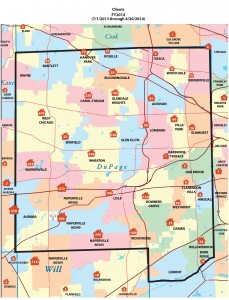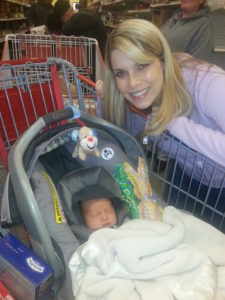If we go by the usual stereotypes, we think poverty exist only in certain major cities such as Chicago south and west side, South Central Los Angeles, the 5th Ward in Houston, Texas, Bronx, New York, etc. Yes there is a population that truly lives in poverty in these cities. For some, it’s even been a generational curse, passed on from several decades ago that started in the early 1900’s and remain present for families now in 2015. But there’s one place that gets ignored each and every time when discussing poverty; a place that’s outside of major cities and not able to deal with the influx of the poor. In the past, it was designed for families of the middle class to escape residing around the poor in the inner cities: the suburbs!

Across the United States, almost 16.4 million suburban residents lived below the poverty line between the years 2000-2011. That’s an increase of 159%. To me, poor people living in the suburbs isn’t so much the bad thing. The bad thing is the lack of jobs, access to jobs, affordable housing, and nurturing schools. For some odd reason, many in power are surprised at how the suburbs have changed over the years but many aren’t taking accountability of having a strong hand in the decline.
House prices have become so expensive in the inner-city that it purposely pushes many low-income families to the suburbs. The lower economic class moved to the suburbs with housing vouchers but that was it. According to a report in the Chicago Tribune, 79% of housing vouchers were used in the suburbs. So basically, the concentrated poor or low-income working class were moved to an area that lacked more resources than what they previously had living in the city. Some say, “Well at least they received housing vouchers”! Really? There is so much more to consider.

Many Americans, who live in half-million to over a million dollar homes, are just one paycheck away from poverty. Actually, one CRISIS away from experiencing poverty and many don’t even know it. According to CFED’s Assets and Opportunities Scorecard, nearly half of households in the US have less than three months’ worth of savings. What causes poverty? Besides generational curse: events, crisis, and other traumatic and unexpected financial events.
What are my recommendations to decrease suburban poverty? Create bus lines, affordable and low-interest car loans, free English courses, variety of school programs, more jobs in suburban areas, and financial literacy education. The majority who are considered poor or low-income don’t want handouts as some might believe. They want the opportunity to improve their circumstances, particularly in housing and financially, because they will take advantage of programs being offered. The programs must be offered so they can have access, not be pushed away from the resources, as what has happened with the suburban poverty epidemic in the last 10 years. This can’t be the American Way. Or can it be?
Duncan Ward
Director of Empowerment Programs